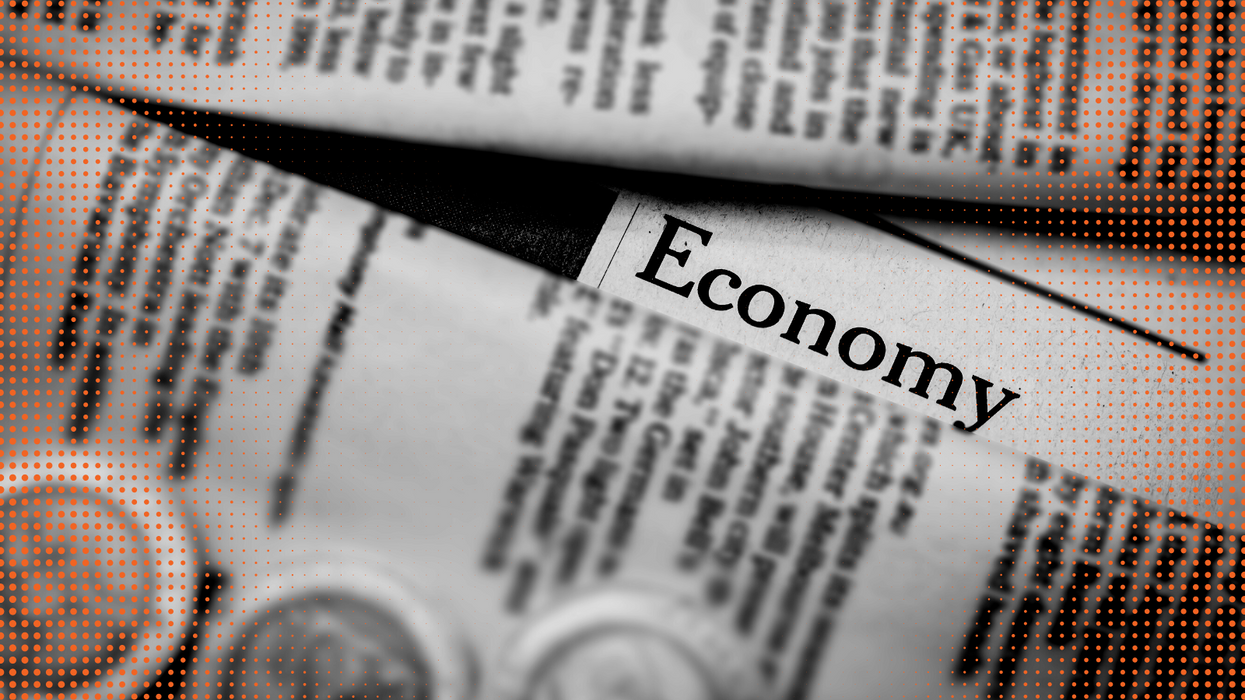Economy
24 February 2023
Inflation ticked up in January, while consumer spending surged
Meanwhile, consumers continued to feel better in January.

Meanwhile, consumers continued to feel better in January.

Inflation’s cooldown was halted in January, as the Fed’s preferred gauge shows that prices across the economy ticked up slightly to start the year.
The U.S. Bureau of Economic Analysis released the following data for January 2023 on personal consumption expenditures:
Consumer spending increased 1.8% in January, showing a boost to begin the year. It was driven by an increase in compensation, as personal income rose 0.6%. This underscores how a strong labor market is continuing to drive consumer spending.
Inflation rose at a more marked pace of 0.6% for the month, showing an uptick on a monthly basis after several more modest increases. On an annual basis, inflation also ticked back up to rise 5.4% when compared to January 2022. That was a slight increase from 5.3% in December, which came after months of decline. It’s a sign that inflation is remaining stubborn, even as it has come down from its summer highs.
Core inflation, which leaves out the volatile food and energy measures, followed the same trend as overall inflation. It increased 0.6% month-over-month, which was even with overall inflation. On an annual basis, core inflation was 4.7%, also ticking up slightly from December’s 4.6%.
The takeaway: While inflation has come down, it remains high and is not yet in the rearview mirror. The increase in consumer spending shows demand remains strong, even as the Federal Reserve raises interest rates to attempt to cool the economy and bring inflation under control. A hot job market remains a tricky part of that equation for policymakers, but will likely continue to keep people spending, especially as wages continue to grow.
Consumers are continuing to feel a bit better. Sentiment rose 3% on a monthly basis in February according to the University of Michigan’s final reading for the month.
It’s the third straight monthly increase, bringing consumer sentiment out of the all-time lows it saw in June 2022. In particular, there was a 12% increase in consumers’ short-term outlook on the economy. Still, sentiment remains below historical averages.
When it comes to inflation, expectations ticked up slightly to a rate of 4.1%. That’s higher than 3.9% in December, but below 4.4% in November. Given the slight uptick in actual data for January, it seems expectations are mirroring the inflation rate itself.
“Consumers continued to exhibit considerable uncertainty over short-run inflation, and thus their expectations may be unstable in the months to come,” wrote University of Michigan Survey of Consumers Director Joanne Hsu.
Campbell Soup Company CEO Mark Clouse offered thoughts on messaging amid inflationary shifts in consumer behavior.
After months of elevated inflation and interest rate hikes that have the potential to cool demand, consumers are showing more signs of shifting behavior.
It’s showing up in retail sales data, but there’s also evidence in the observations of the brands responsible for grocery store staples.
The latest example came this week from Campbell Soup Company. CEO Mark Clouse told analysts that the consumer continues to be “resilient” despite continued price increases on food, but found that “consumers are beginning to feel that pressure” as time goes on.
This shows up in the categories they are buying. Overall, Clouse said Campbell sees a shift toward shelf-stable items, and away from more expensive prepared foods.
There is also change in when they make purchases. People are buying more at the beginning of the month. That’s because they are stretching paychecks as long as possible.
These shifts change how the company is communicating with consumers.
Clouse said the changes in behavior are an opportunity to “focus on value within our messaging without necessarily having to chase pricing all the way down.”
“No question that it's important that we protect affordability and that we make that relevant in the categories that we're in," Clouse said. "But I also think there's a lot of ways to frame value in different ways, right?”
A meal cooked with condensed soup may be cheaper than picking up a frozen item or ordering out. Consumers just need a reminder. Even within Campbell’s own portfolio, the company can elevate brands that have more value now, even if they may not always get the limelight.
The open question is whether the shift in behavior will begin to show up in the results of the companies that have raised prices. Campbell’s overall net sales grew 5% for the quarter ended April 30, while gross profit margins held steady around 30%. But the category-level results were more uneven. U.S. soup sales declined 11%, though the company said that was owed to comparisons with the quarter when supply chains reopened a year ago and expressed confidence that the category is seeing a longer-term resurgence as more people cook at home following the pandemic. Snacks, which includes Goldfish and Pepperidge Farm, were up 12% And while net sales increased overall, the amount of products people are buying is declining. Volumes were down 7%.
These are trends happening across the grocery store. Campbell is continuing to compete. It is leading with iconic brands, and a host of different ways to consume them. It is following that up with innovation that makes the products stand out. Then, it is driving home messaging that shows consumers how to fit the products into their lives, and even their tightening spending plans.
Campbell Soup is more than 150 years old, and has seen plenty of difficult economic environments. It is also a different business today, and will continue to evolve. At the end of the day, continued execution is what’s required.
“If it's good food, people are going to buy it, especially if it's a great value,” Clouse said.